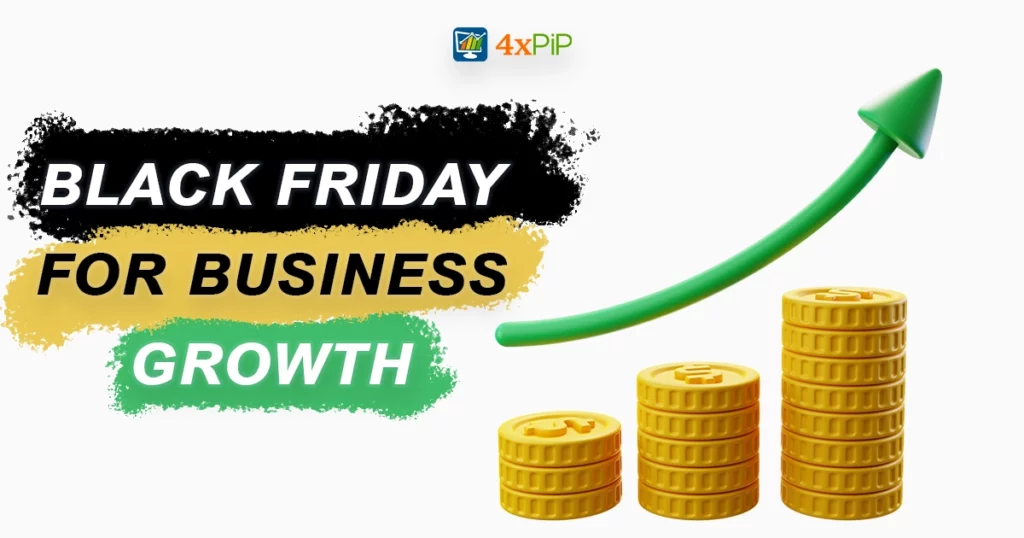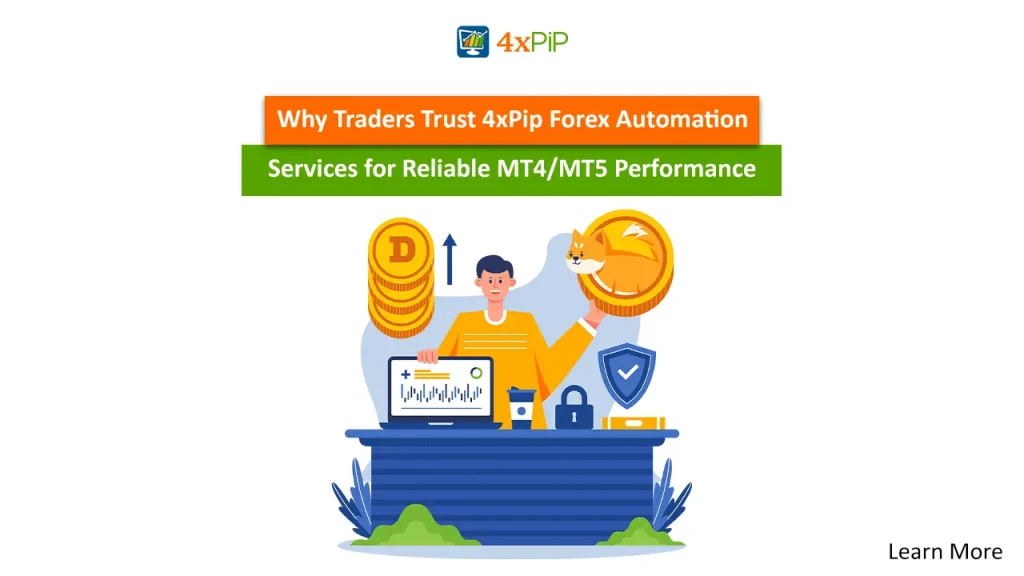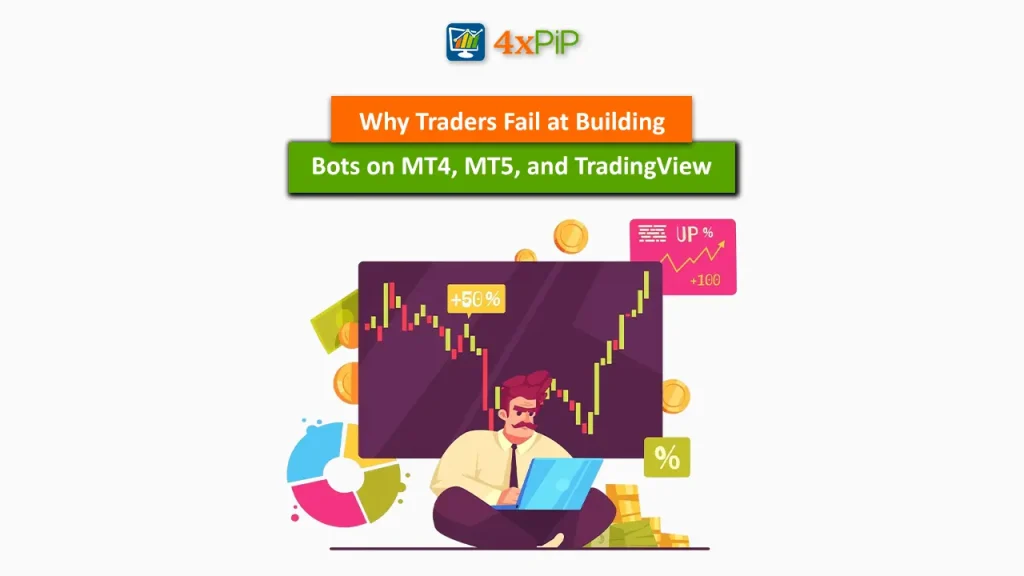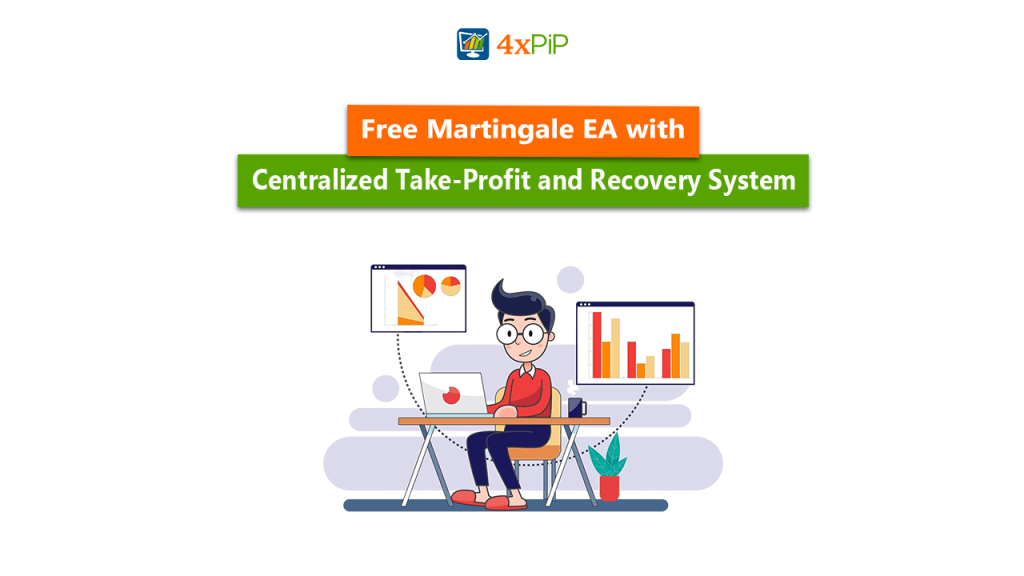Black Friday isn’t just a day for shoppers to snag incredible deals; it’s a massive opportunity for businesses to experience substantial growth. In this blog, we’ll explore the numbers, revenue surges, the dynamics of online vs. in-store sales, strategic planning for success, and the significance of customer loyalty during the Black Friday frenzy. At 4xPip, where trading tools meet business strategies, we’re excited to provide insights into how Black Friday can be a game-changer for your business. Reach out to us at [email protected] for expert guidance on maximizing your business growth.
The Numbers Tell the Story:
Black Friday is synonymous with jaw-dropping figures and record-breaking sales. In recent years, the day has consistently set new highs in terms of consumer spending. The National Retail Federation (NRF) reported that in the previous Black Friday, consumers spent over $90 billion collectively. This immense spending spree isn’t confined to a single industry; rather, it spans a broad spectrum, from electronics and fashion to home goods. The numbers clearly illustrate that Black Friday is a powerhouse for driving consumer activity and generating revenue.
The online realm has become an increasingly integral part of Black Friday sales. In the digital age, consumers are leveraging the convenience of online shopping, and businesses are capitalizing on this shift. Cyber Monday, the online counterpart to Black Friday, has seen remarkable growth, often surpassing Black Friday in online sales. Businesses that strategically tap into both the in-store and online channels can maximize their reach and revenue potential during this shopping extravaganza.
Revenue Surge:
For businesses, Black Friday isn’t just about a single day of sales; it’s about experiencing a revenue surge that can have a profound impact on the bottom line. The surge is not limited to the immediate influx of cash but extends to long-term gains. Black Friday serves as a launchpad for the holiday shopping season, setting a positive tone for businesses as they head into the crucial weeks leading up to the year-end.
The revenue surge is not only a result of increased consumer spending but is also a testament to businesses strategically pricing their products to attract the Black Friday crowd. Offering enticing discounts and promotions encourages consumers to not only make purchases on the day itself but also to return for additional holiday shopping. This revenue surge can create a snowball effect, positively influencing a business’s financial performance throughout the holiday season and beyond.
Online vs. In-Store:
Convenience and Accessibility:
Online shopping provides the convenience of browsing and purchasing from the comfort of one’s home, eliminating the need to navigate crowded stores. This accessibility is particularly appealing to consumers with busy schedules or those who prefer a relaxed shopping experience. On the other hand, in-store shopping offers immediate access to products, allowing customers to physically examine items before purchase.
Price Comparison and Discounts:
The online environment facilitates easy price comparison across multiple retailers, empowering consumers to find the best deals swiftly. In contrast, in-store shoppers may rely more on signage and in-person promotions. Online platforms often provide a wider array of discounts and exclusive digital promotions, enticing customers with virtual coupons and flash sales.
Tactile Experience vs. Digital Exploration:
In-store shopping allows customers to physically touch and try products, providing a tactile experience that online platforms can’t replicate. This is especially relevant for industries like clothing and electronics where consumers value hands-on exploration. Conversely, online shopping compensates with virtual try-ons, detailed product descriptions, and customer reviews, enhancing the digital exploration process.
Immediate Gratification vs. Delivery Waiting:
In-store purchases offer the immediate gratification of acquiring items on the spot, eliminating the wait for shipping. This is advantageous for last-minute shoppers or those who prefer instant possession. Conversely, online shoppers must contend with delivery times, though expedited shipping options have narrowed this gap. The trade-off lies between instant possession and the convenience of doorstep delivery.
Social Experience vs. Solo Shopping:
In-store shopping provides a social experience, allowing friends or family to shop together, share opinions, and enjoy a collective outing. The communal aspect contributes to the overall enjoyment of the shopping excursion. In contrast, online shopping tends to be a solo activity, where the customer navigates the virtual aisles independently. The choice between a social outing and individual convenience influences the preference for online or in-store Black Friday experiences.
Strategic Planning for Success:
Behind the scenes of the Black Friday frenzy lies strategic planning that separates successful businesses from the rest. This planning encompasses everything from inventory management to marketing campaigns. Businesses meticulously analyze consumer trends, historical data, and competitor strategies to position themselves for success.
One crucial aspect of strategic planning is pricing. Offering compelling discounts and promotions is a key driver of Black Friday success. However, businesses must strike a delicate balance between offering attractive deals and maintaining profitability. Effective planning also involves optimizing supply chains to ensure that businesses can meet the heightened demand on Black Friday and throughout the holiday season.
Pricing Precision:
- Set compelling discounts that attract customers while maintaining profitability.
- Analyze competitor pricing strategies to position your business strategically.
- Consider bundling products or offering limited-time promotions to maximize appeal.
Supply Chain Optimization:
- Ensure sufficient inventory to meet heightened demand on Black Friday and beyond.
- Collaborate closely with suppliers to prevent shortages or delays in product availability.
- Streamline logistics for efficient delivery and minimize the risk of fulfillment issues.
Customer-Centric Approach:
- Prioritize seamless customer experiences, both online and in-store.
- Implement efficient checkout processes to reduce wait times and enhance satisfaction.
- Leverage data analytics to understand customer preferences and tailor promotions accordingly.
Customer Loyalty and Beyond:
Beyond the immediate revenue surge, Black Friday provides an opportunity for businesses to foster customer loyalty. Exceptional customer experiences on Black Friday can translate into repeat business throughout the year. Businesses that prioritize customer satisfaction, provide seamless shopping experiences, and go the extra mile in customer service build a foundation for long-term success.
Moreover, Black Friday serves as a launchpad for businesses to introduce new products, test market receptivity, and gather valuable feedback. The exposure gained during Black Friday can extend far beyond the day itself, creating brand awareness and attracting new customers.
Summary:
In summary, Black Friday is a powerhouse for business growth, marked by staggering numbers, revenue surges, the interplay of online and in-store dynamics, strategic planning, and the cultivation of customer loyalty. Businesses that approach Black Friday strategically, balancing the demands of in-store and online channels, can unlock significant growth opportunities that extend well beyond the holiday season.












